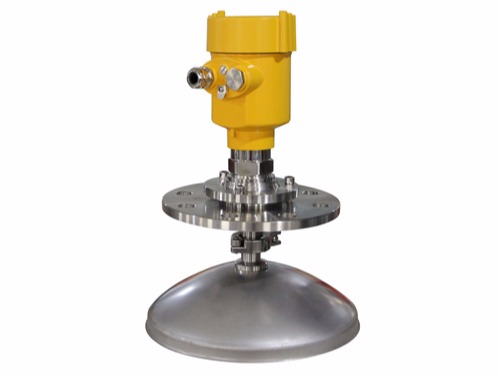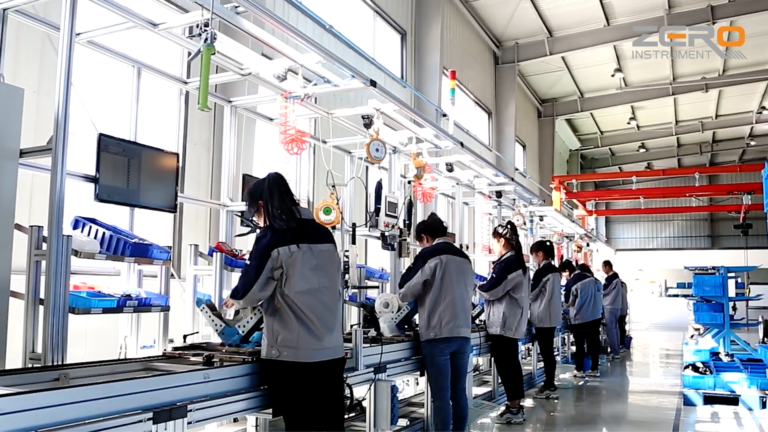In industries such as electric power, cement and petrochemicals, ash warehouses are important facilities for storing dust and particulate matter.
Accurate monitoring of material levels in ash warehouses is crucial to ensure production continuity and safety. Traditional measurement methods are often affected by factors such as flying dust and complex environments, resulting in inaccurate measurements.
This article will discuss the characteristics of ash warehouse material levels and introduce cases of radar level meters in practical applications to demonstrate their advantages in dust measurement.

As a container for storing dust in industrial processes, ash silos face the following challenges in material level measurement:
1. Flying dust: Dust inside the ash silo is prone to flying due to airflow and other reasons, forming an unstable material surface.
2. Complex environment: Fluctuations in temperature, humidity and gas composition in the chamber may affect the measurement results.
3. Space limitations: The structure of the ash warehouse may make certain measurement equipment difficult to install or maintain.
4. Safety issues: Dust has potential explosion risks, so measuring equipment needs to comply with explosion-proof standards.

The radar level meter uses high-frequency microwave pulse technology to provide high-precision material level measurement. Its main advantages include:
1. Non-contact measurement: By emitting microwave signals, it avoids direct contact with dust and reduces maintenance needs.
2. High-precision measurement: Microwave signals can penetrate dust clouds and accurately reflect material level changes.
3. Strong environmental adaptability: able to work stably in high temperature, high pressure, and corrosive environments.
4. Easy to install and maintain: suitable for various types of ash warehouses, easy to install and low in maintenance costs.
5. High safety: Meets explosion-proof requirements and is suitable for flammable and explosive environments.

In the ash warehouse of a thermal power plant, the traditional hammer level gauge was severely worn due to frequent contact with dust and the maintenance cost was high. In order to improve the accuracy and reliability of measurement, the factory decided to use radar level gauges for transformation.
After installing the radar level meter, real-time monitoring of the material level in the ash warehouse was realized, and the measurement accuracy was significantly improved.
The microwave signal is not affected by flying dust and can penetrate dust clouds and accurately reflect the material level.
In addition, the device’s non-contact measurement characteristics significantly reduce maintenance requirements and improve long-term operational stability.
This transformation not only improves production efficiency, but also reduces potential safety risks.
